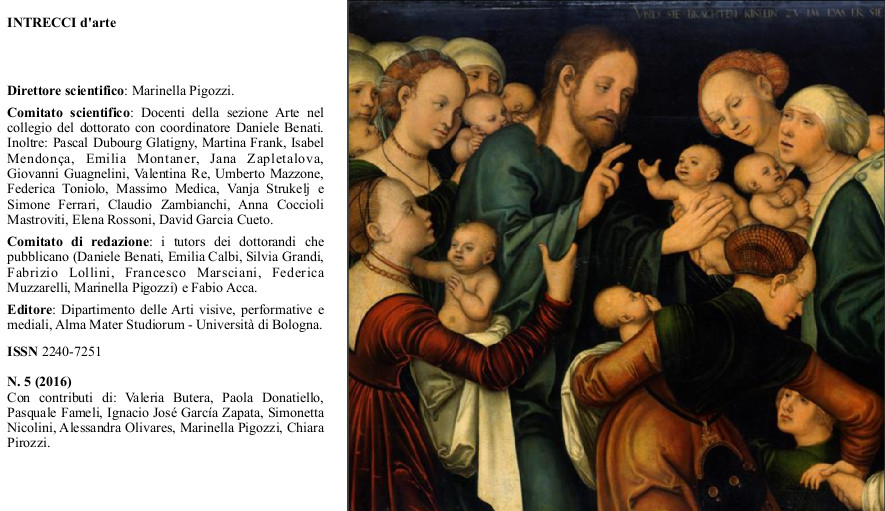«Always the photography astonishes me»: David Bowie, between myth and visual culture
DOI:
https://doi.org/10.6092/issn.2240-7251/6371Keywords:
Bowie, Myth, Photography, Androgyny, Visual cultureAbstract
The recent death of David Bowie activated a memorial process which incites to retrace the cultural, social, aesthetic, of costume, fashion and art history of the last forty years. It’s impossible, therefore, not reflect on the mechanisms that led to the creation of he who in the collective imaginary is reductive to consider just a symbol of modern rock.
Several books, prestigious magazines and important exhibitions devoted space to the infinite nuances of he who is defined not only icon but also idol, star, legend and myth. These terms have subtle interferences between them as Jean Jacques Wunenburger underlined and all refer to the concept of Mythology. Even if many authors stated the “disappearance of the myth” in the postmodern epoch (Jewett and Lawrence), the myth is one of those phenomena which involves the everyday life, also in the contemporary time.
Certainly the ever closer relations between art, mass media and advertisement played a decisive role in restructuring the concept of myth, but didn’t essentially change its meaning. Actually, the mass reproducibility of images, instead of provoking the “fall of aura”, as stated by Walter Benjamin, seems to have increased the "sacred" magnetism of the images.
The icon David Bowie is the result of a multifaceted and outstanding personality which involved and influenced every possible contemporary language - fashion, music, theatre, film, performance, video and more recently internet. As always the photographic gaze captured and crystallized over time the different visions making them eternal and “biting” in the meaning which Barthes clarified in his famous book.
The intense collaboration with “the man who photographed the Seventies”, the English Mick Rock, produced images intended to write an important piece of the history of contemporary photography. Ziggy Stardust, the character masterfully interpreted and documented by Mick Rock, is the symbol of Bowie’s fascinating ability to blend the two in one, embodying the myth of androgyny as “guide principle of the new Age” (J. Singer).
Downloads
Published
How to Cite
Issue
Section
License
Copyright (c) 2016 Alessandra Olivares
The copyrights of all the texts on this journal belong to the respective authors without restrictions.
This journal is licensed under a Creative Commons Attribution 4.0 International License (full legal code).
See also our Open Access Policy.
Images and photographs may have different terms of license.
In making material available online the Journal acts in good faith. Parties who have questions or who wish to contest the use of specific works may contact the Editor in chief.
Metadata
All the metadata of the published material is released in the public domain and may be used by anyone free of charge. This includes references.
Metadata — including references — may be re-used in any medium without prior permission for both not-for-profit and for-profit purposes. We kindly ask users to provide a link to the original metadata record.






